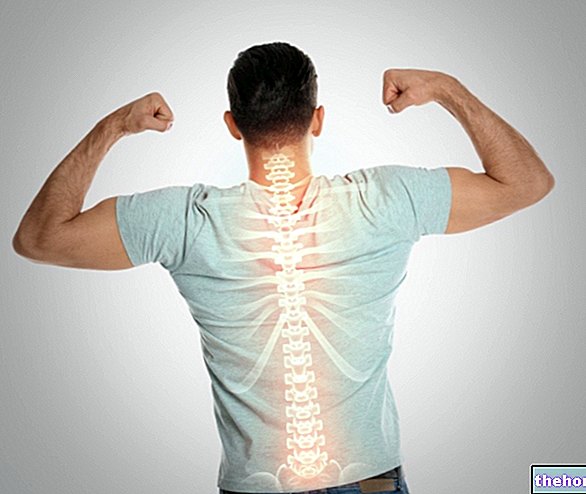Yoga is a practice that descends from an ancient discipline and which includes different currents of thought but all having a common purpose: the totality of man.
For further information: Yoga
Etymologically, the word yoga derives from the root Yui (to tie together) and in general indicates every technique of asceticism and every method of meditation; its purpose is to purify the spirit and abolish the dispersion and automatisms that characterize the profane conscience: this is the fundamental prerequisite for initiatory rebirth or liberation.
Yoga does not believe in the separation of spirit and matter; each manifestation of the phenomenal world is a state of consciousness which is revealed thanks to the vibrations of Prana (life force). The faster these vibrations are, the more consciousness manifests itself as a physical entity.
The Atman (ego), responsible for the sense of dissatisfaction, separation and incompleteness, is only an ingenious artifice of the mind to perpetrate itself. Yoga helps us to recognize the self-centered nature of the mind and its tendency to create fictitious phenomena without objective findings; it helps us not to cling to people or things in a morbid way, to recognize and reject imaginary or deceptive feelings, to seek balance in all activities, both physical and psychic.
You may also be interested in: Yoga: What it is and what benefits it brings which mainly support breathing are:- Diaphragm
- Intercostals (external and internal)
- Thoracic
- Abdominal muscles.
Note: the mention of the respiratory muscles is purposely reductive; in reality they are much more numerous and endowed with specificity of movement.
During the inhalation the diaphragm is lowered, the external intercostals widen the rib cage and some thoracic muscles raise it; we can therefore define the inhalation as an active movement. On the contrary, the exhalation is caused by the elastic return of the lung tissue and the inspiratory muscles, therefore it is defined as a passive movement; however, it is important to specify that in the deep exhalation the abdominal muscles actively come into play, which by contracting allow the diaphragm to rise higher, and the internal intercostal muscles, which by approaching the ribs reduce the volume of the rib cage.
From the moment of birth, the human breath is subject to continuous modifications induced by physiological or emotional needs; among the latter, the emotions responsible for the greatest respiratory fluctuations are uncertainty / insecurity and fear; they cause strong contractions and muscle stiffening, which over the years inevitably affect: shoulders, rachis and diaphragm. Yoga expresses and pursues three concepts fundamentals:
- In the "being," the vital energy is conveyed by the breath
- The vital energy is directed by the mind and where the mind goes, the energy itself is channeled
- Breathing is the only bodily activity which, although involuntary, can be constantly monitored and controlled even voluntarily.




























